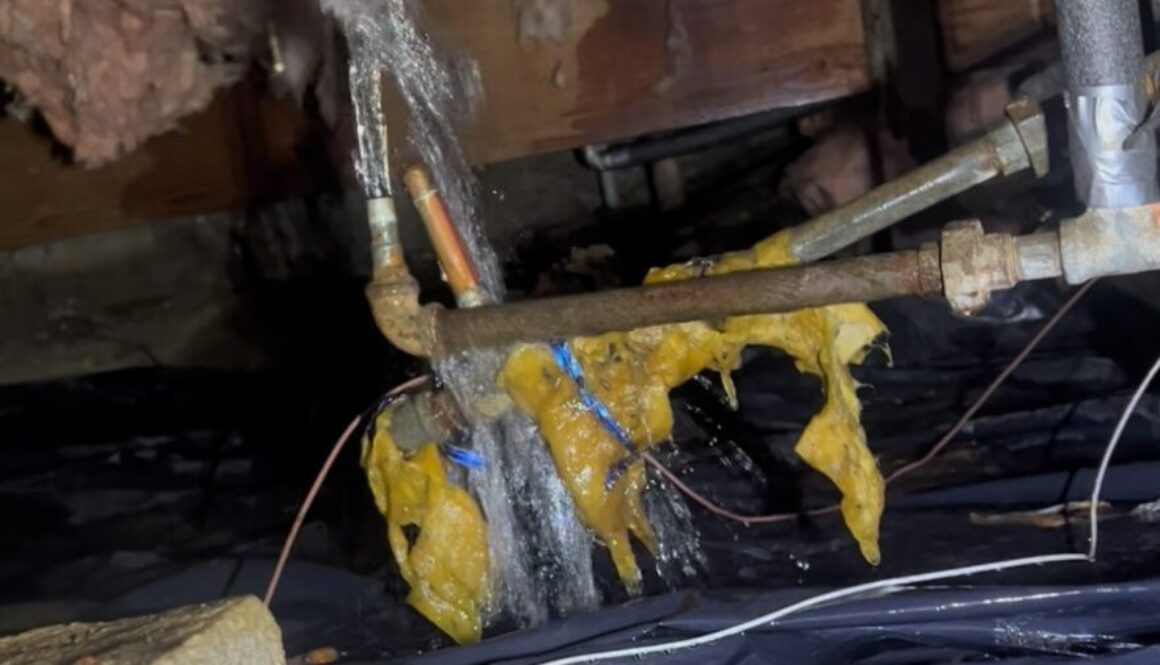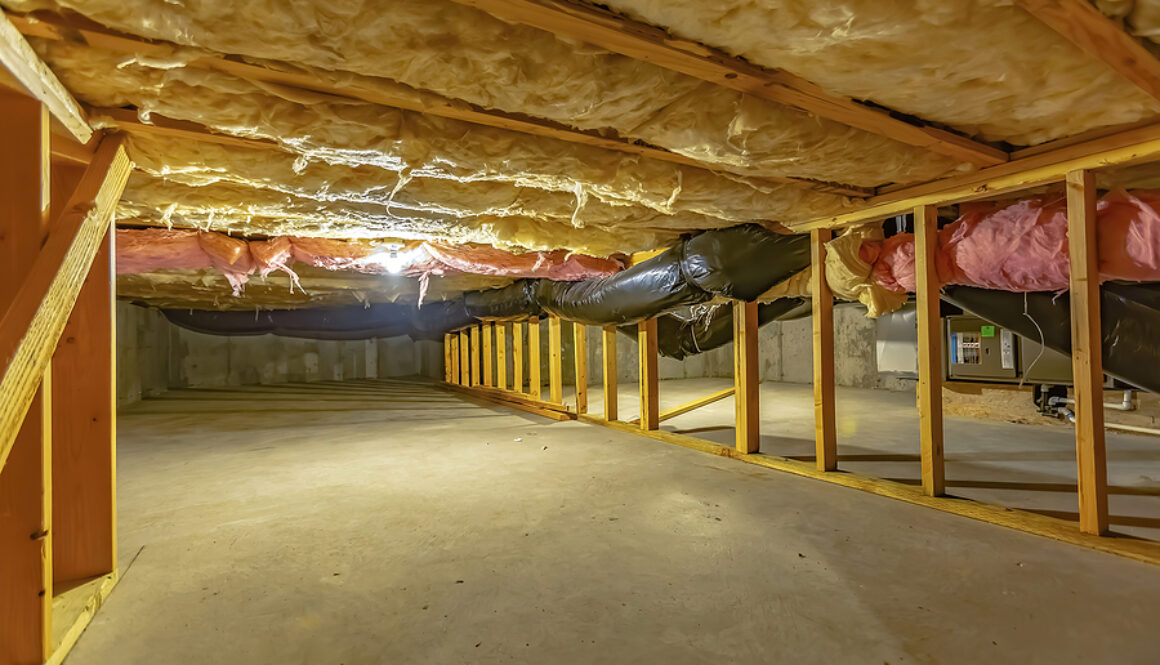Assessing the Damage: A Step-by-Step Guide to Evaluating Crawl Space Sewage Contamination
After noticing crawl space sewage contamination, one of the most critical tasks is assessing the damage. This ensures the continued safety and health of the home’s occupants and helps you determine the actual extent of the damage.
Here is a step-by-step guide to assessing the damage in your crawl space…
Step One: Safety First!
Before you enter the crawl space to assess the damage, make sure you put on all the necessary safety equipment like protective clothing (gloves, coveralls, boots), a respirator or mask, safety goggles, and take a flashlight. Sewage contains harmful bacteria, viruses, and other dangerous contaminants that can cause health issues.
Step Two: Turn Off the Utilities
Turn off all the utilities associated with or connected to the crawl space if possible. This includes gas and electricity. This helps prevent potential hazards while you get in there and look around.
Step Three: Assess the External Damage
Before you even enter the crawl space, start by looking around the exterior and assessing the external damage there is, if any. Look for visible signs of sewage leakage or any kind of flooding in the area. Watch closely for standing water, wet spots, and unusual or unpleasant odors emanating from the exterior and perimeter of your crawl space.
Step Four: Evaluate All Your Entry Points
Now it’s time to determine how the sewage entered the crawl space, to begin with. Some common entry points you want to evaluate include sewer pipes, leaks, and backflow from the main sewer line. Watch for any damage.
Step Five: Check Your Drainage Systems
Does your crawl space have a working drainage system like a sump pump or French drain? Make sure what you have is functional and working properly, and not contributing to your sewage problem.
Step Six: Document the Damage for Insurance Purposes
You want to take videos and photos of the contaminated areas to document the extent of the damage. This will prove useful when you file an insurance claim or seek professional assistance.
Step Seven: Inspect the Structural Integrity of the Home
You also want to make sure to inspect beams, support columns, and your wooden subflooring and evaluate its structural integrity. Sewage can weaken these components and compromise the stability of the crawl space.
Step Eight: Time for Cleanup and Disinfection
To thoroughly clean and disinfect the affected areas, you need to use the right cleaning agents and equipment. There are some designed to neutralize sewage contaminants. You also want to allow the crawl space to dry out completely and improve ventilation to reduce the humidity levels.
Step Nine: Professional Assistance
If you are unsure how to handle the problem and you lack the specialized knowledge or equipment needed to get the job done right, you should call in a professional remediation or restoration company. They have everything needed to deal with this kind of hazardous situation more effectively.


